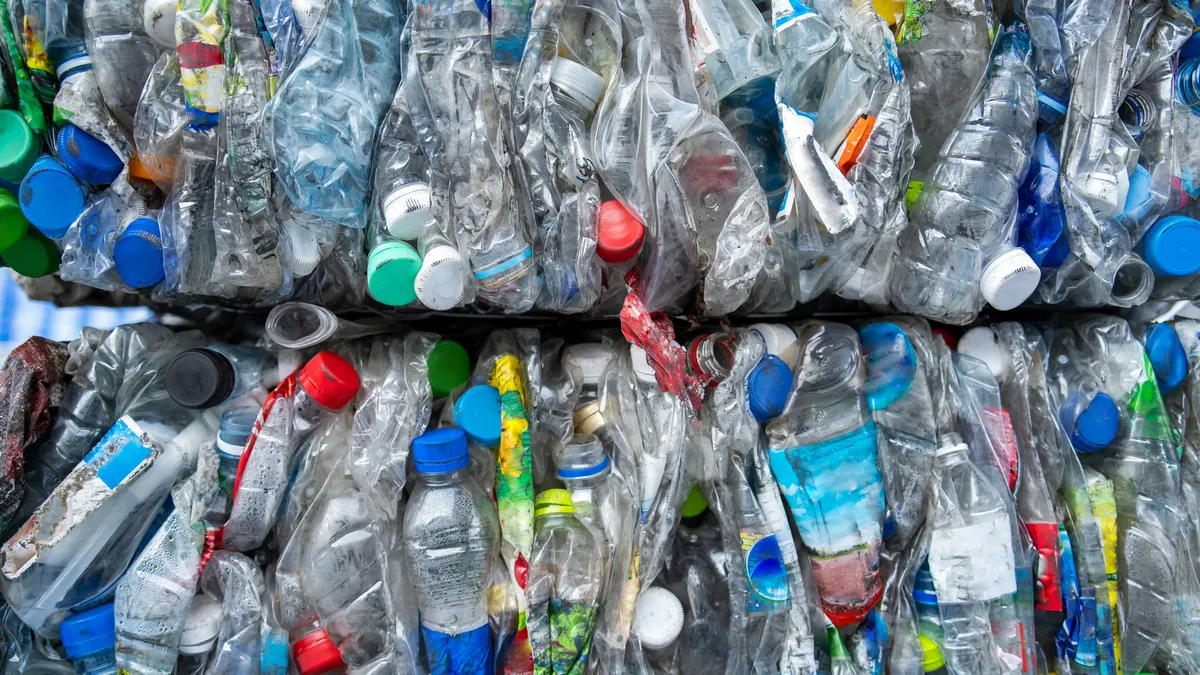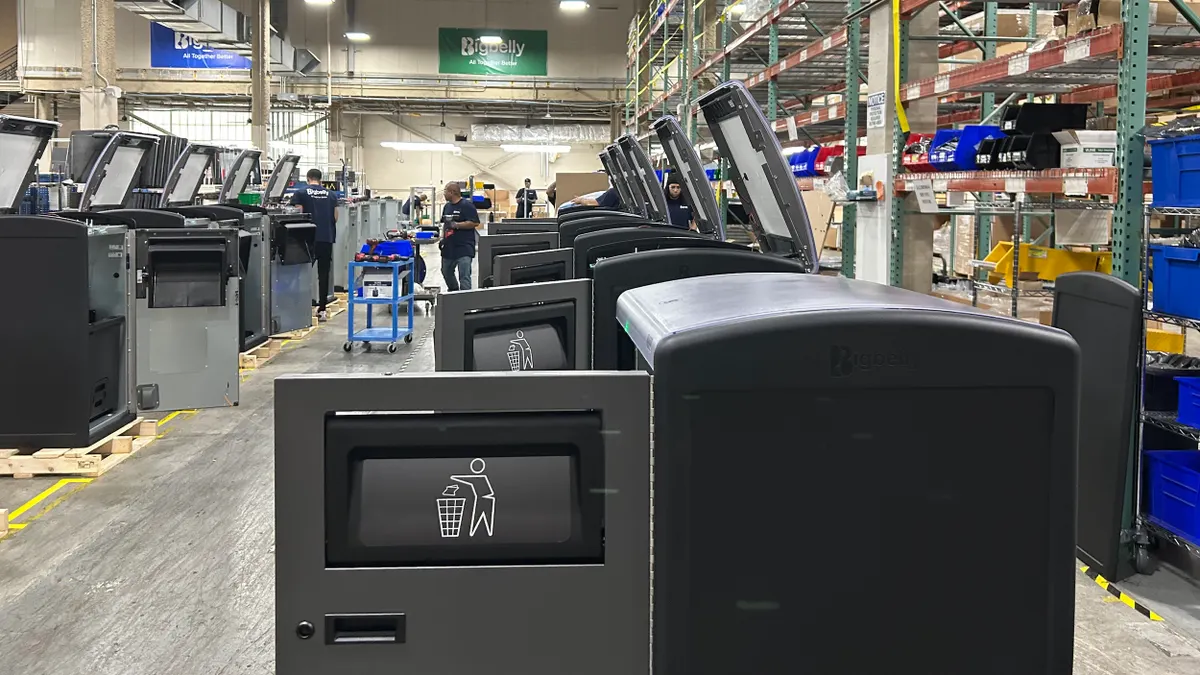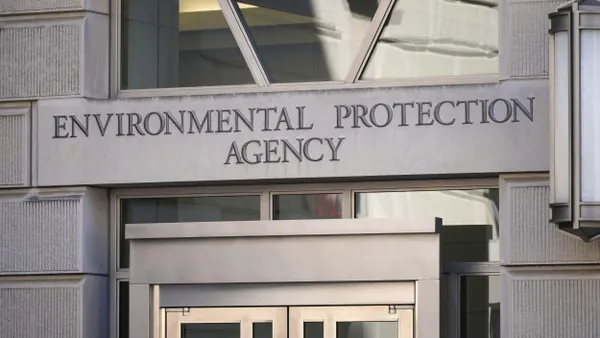Dive Brief:
- The Environmental Research & Education Foundation has released a new report calling for more data and research to assess how extended producer responsibility programs around the world are achieving environmental and financial targets.
- Research centered on specific EPR programs shows the policies generally improve recycling rates and divert material from disposal. However, “inconsistencies in reporting, a lack of baseline data, and limited transparency from [producer responsibility organizations] make it difficult to evaluate” how particular EPR programs compare with each other.
- “The industry needs data, not assumptions, to guide investments and operations,” said EREF CEO Bryan Staley in a statement. “What this review makes clear is that better measurement, more transparency, and region-specific strategies are essential to understanding EPR and its ability to drive meaningful operational change.”
Dive Insight:
EPR isn’t a new concept, particularly in places like Europe. Yet adoption of such programs has accelerated around the world in recent years, especially for packaging, electronics and batteries, EREF’s literature review shows. There are now more than 400 EPR programs around the world, and about three quarters of those launched after 2001.
Despite the growing adoption, it can be tough to pinpoint exact measures of success because EPR programs vary widely, making them difficult to compare, EREF said
Major differences include the types of materials accepted in each program and the design of the recycling systems where those materials are recycled, the report stated. Some states or regions also grapple with a lack of recycling infrastructure, consumer confusion about EPR rules, or lack of funding to maintain such programs, which further complicates assessments, the report said.
Each EPR program also has a different model for how involved producers and producer responsibility organizations are in ensuring those materials are taken care of at end of life.
The report underscores the need for more granular data, but it doesn’t cast doubt on the effectiveness of EPR as a whole.
“While EPR is a promising tool for advancing circular economy goals, its success depends heavily on region-specific strategies, adequate infrastructure, and access to reliable performance data,” the report said. “Until those gaps are addressed, EPR’s true impact on circularity and operations will remain uncertain.”
Numerous case studies show that EPR programs in North America and internationally have improved recycling rates and reduced landfill usage, EREF said. This is particularly true for “unique or hard-to-recycle materials” like car batteries, certain electronics and mattresses.
“However, data may not fully isolate EPR impacts from other measures or factors like recycling system maturity, market trends, and cultural dynamics,” the report states. “In addition, studies often have different methodologies, specifically pertaining to recycling rate definitions, leading to challenges when comparing data.”
Insight from individual reports can still offer clues about what’s working and what needs to be updated in particular programs, the report said. Such reports “show significantly higher recycling rates due to EPR” in countries that have had such programs for a longer time, such as Belgium, Canada, and Spain.
Belgium has one of the highest global recycling rates for packaging and printed paper. It adopted its EPR legislation in 1994 and implemented it in 1997. Germany also increased its packaging and printed paper recycling rate, from 38% to 76%, after implementing EPR in 1991, EREF said, citing a 2021 report from Eunomia.
In the European Union, new regulations on packaging and packaging waste will likely drive further recycling improvements and EPR scrutiny, the report said.
EPR in the United States is further behind its European and Canadian counterparts, but future research could also shed light on the effectiveness of some of the U.S.’ newest EPR programs. EREF calls for U.S.-based EPR research and data to account for hurdles, including “lack of universal recycling access, low recycling participation rates, and gaps in infrastructure.”
Seven states have adopted EPR for packaging laws in the last few years, but only Oregon’s has fully launched so far. Oregon’s program has only been in effect since July 1. Meanwhile, other states are rolling out packaging EPR implementation plans over the next few years.
At the same time, other states are introducing newer laws for other materials, particularly batteries. Colorado and Nebraska signed battery EPR laws this year, while Illinois and Vermont will implement medium-format battery EPR programs in 2026.
Battery EPR also has support from waste groups like the National Waste & Recycling Association, which says such legislation can help prevent facility fires.











